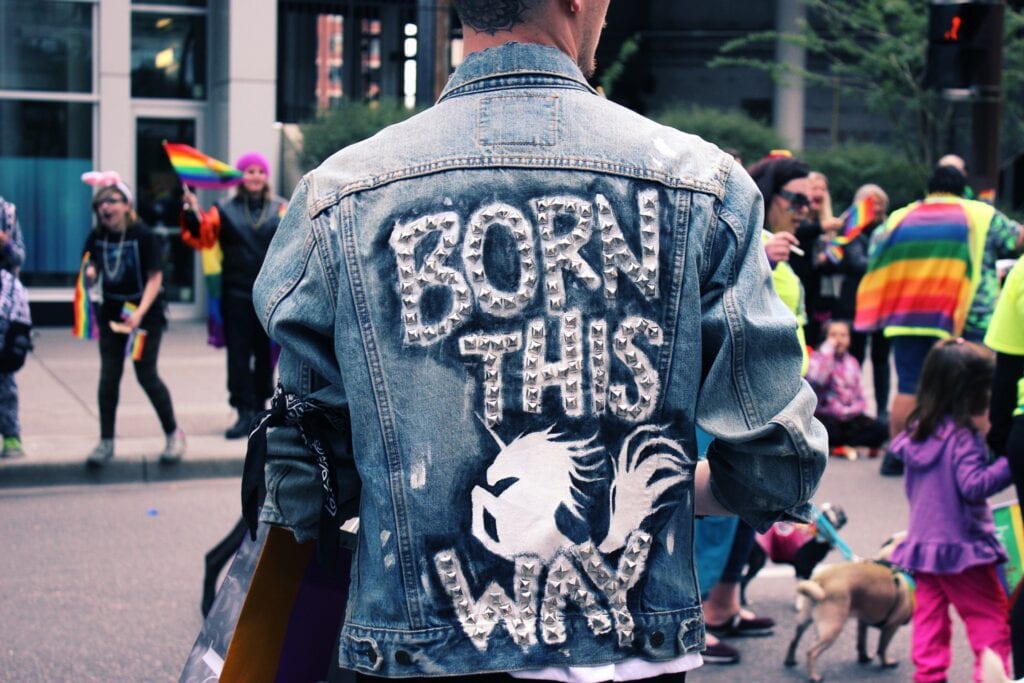

“Tell us about a time you experienced a conflict over something you’d written.”
The candidate we were interviewing met our eyes and didn’t look away. Her friendly expression had been replaced with a more serious one.
“I’ve never been in conflict with anyone over my writing. I get along with all the people I work with.”
She was confident and professional. She was also Black. After the interview wrapped up, the hiring manager shook her head and wondered how anyone could be a writer for that long without any conflict. It was unreal. Maybe even unbelievable. We were hiring for a position on a team with frequent leadership change, a rapidly-shifting political landscape, and several existing interpersonal conflicts. We needed someone who was truthful and authentic when dealing with people who could sometimes be hard to deal with. Our candidate didn’t seem like she was right for the role.
Only later did I realize that our interview process had set up this candidate for failure. Our interview prompt put her in a double-bind. Her choices were to downplay her experience navigating conflict or risk playing into a common racial stereotype: Angry Black Woman. If she had taken that risk, would we have hired her? She clearly didn’t think so.

This year, following the murder of George Floyd and the protests demanding justice for him, for Breonna Taylor, and for the many, many other victims of racialized violence against Black people, we’ve seen Black voices be elevated in demanding better.
But what can we do to do better in our hiring processes? How can we be anti-racist? How can we be equitable? Here are some places we can start.
Before we change our process to be more equitable, we have to understand the ways it’s not currently equitable.
Start by identifying who’s been excluded. Ask yourself these questions about your UX writing team, peers, mentors, mentees, and community. (But don’t ask or push anyone to disclose their identities — sometimes people aren’t open about their identities because of the discrimination they face.)
Each of these identities represents a real person who uses the technology we design and who has insights — unique to their lived experience — to make it better. Pay attention to where you’ve answered no. If you’re unfamiliar with any of the words in the questions, look them up. Then find ways to listen to people that aren’t represented in your workplace and communities. Read books by these people. Follow their Twitter accounts. Listen to their podcasts.
You might know about sexism in the workplace, but do you know how that sexism is different for women of color? Are you familiar with the term “microaggressions” and can you spot them? Do you understand how marginalized people change their appearance or speech to fit in or gain respect? Do you know the phrase “code-switching”? Do you understand what a model minority is and what specific challenges they face?
It’s sometimes hard to learn about or find this information, especially when you don’t know where to start. It’s ok to ask for help or guidance — and ok to offer to pay someone for the time and energy they spend educating you about these issues.

You can’t do this work alone! So start by having conversations with your peers, managers, and community. Understand who else shares your goals and vision — and be receptive to their ideas and vision as well. If your allies have marginalized identities themselves, be mindful and make sure they’re not shouldering all the work and that they’re receiving recognition and credit.
Get a commitment from your management to support diverse hiring. (If you’re not sure how to do this, start by pointing out the ways that a lack of diversity in design costs companies money and face; and reinforce how diversity in design generates more and better design solutions.)
Ask questions and find out what sort of hiring goals HR has. Then find ways that your goals align with theirs.
Here are some ideas for those goals:
Roll up your sleeves and start making changes by looking at your open headcount. This is the first place you can start having very tangible impact. Here are some places to look:
Next take a close look at your interview materials.
Many large companies stumble over this step. Even if you’ve done the work to hire equitably, you’ll need to make sure your workplace, culture, and environment support the diversity you want to have.
Ask your peers and direct reports what culture they experience. The culture can be sending signals to members of their group that they’re not welcome.
If you play music in open spaces, who is picking the music? Is it mostly men? Mostly white people? Are white people playing music that uses the N-word and singing along? (I’ve worked in places where this is the case.) Do people who are older or have different musical culture feel welcome in these spaces? (They probably don’t.)
Do you go drinking as a group? If so, are people with different religious backgrounds or people who are pregnant feel comfortable? Are people free to refuse alcohol without disclosing a medical condition or a history of addiction? Do you solve problems by having a beer and hashing it out? If so, are you creating a workplace where men are more easily able to solve problems than women or other genders?
Try asking your community or peers things they wish were different or things that have worked for them. Do a user journey. You can probably find several ways to stretch those design muscles and innovate on your culture.

Sometimes people don’t feel safe being open about their identities at work. Even if you don’t think you have someone with a disability or marginalized ethnicity, gender, or orientation on your team, you probably do. Consider the way you talk about diversity in your shared spaces, and think about what it might be like to hear these conversations as someone who might be white-passing or invisibly disabled or closeted.
Create a support space for your employees and team mates, or give them encouragement to have their own support spaces or affinity groups.
– – –
It’s not easy or intuitive to reexamine the structures we use in our work. And doing so requires skills that we aren’t often taught and don’t always talk about. But when we learn about and respectfully learn from people who aren’t like us, we expand our world view and perspectives. And we create better design solutions for the real people who use the products we’re designing.
Christie is currently a UX Writer at Rivian. Connect with them on LinkedIn.

Explore our content design and UX writing training:
Get our weekly Dash newsletter packed with links, regular updates with resources, discounts, and more.
